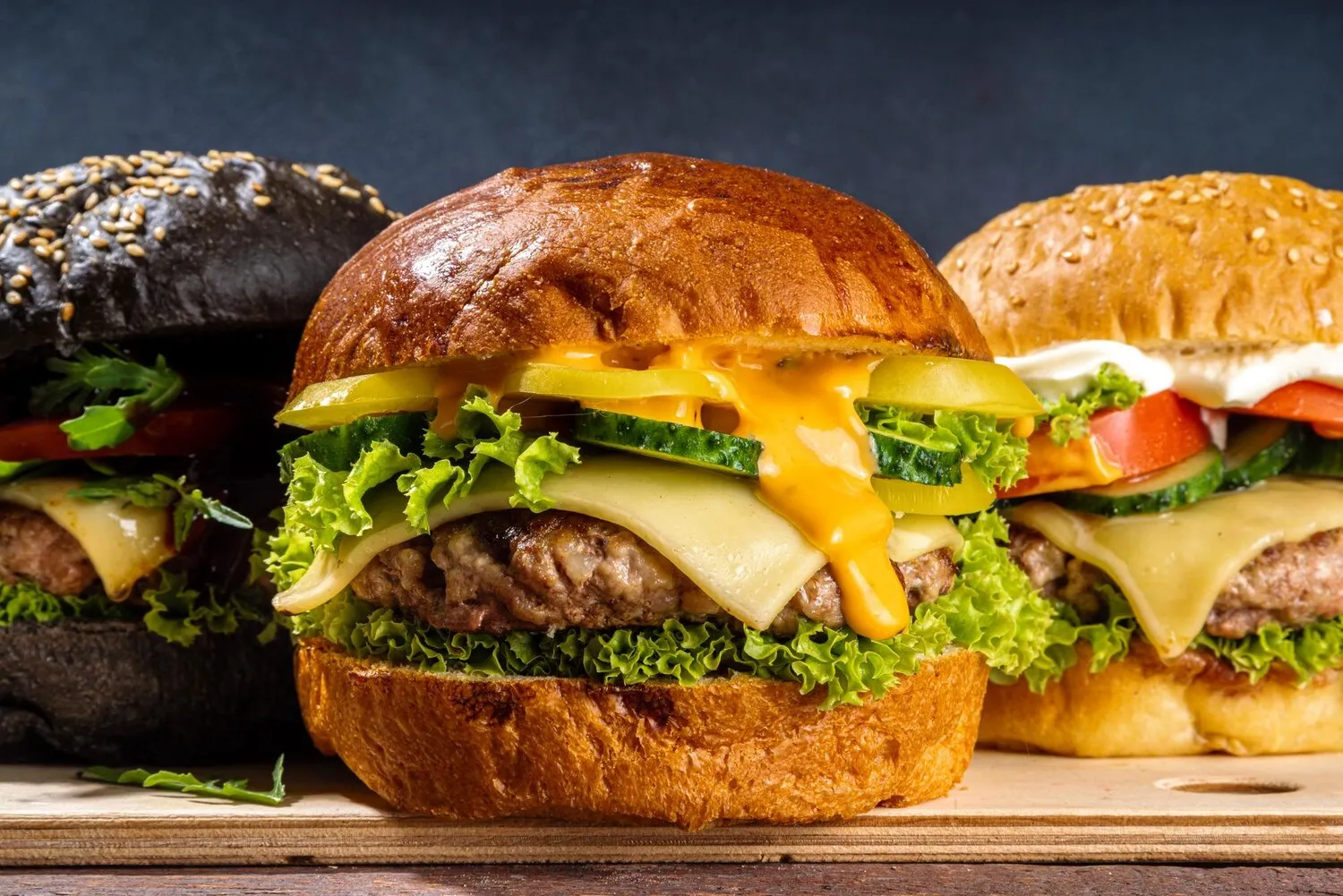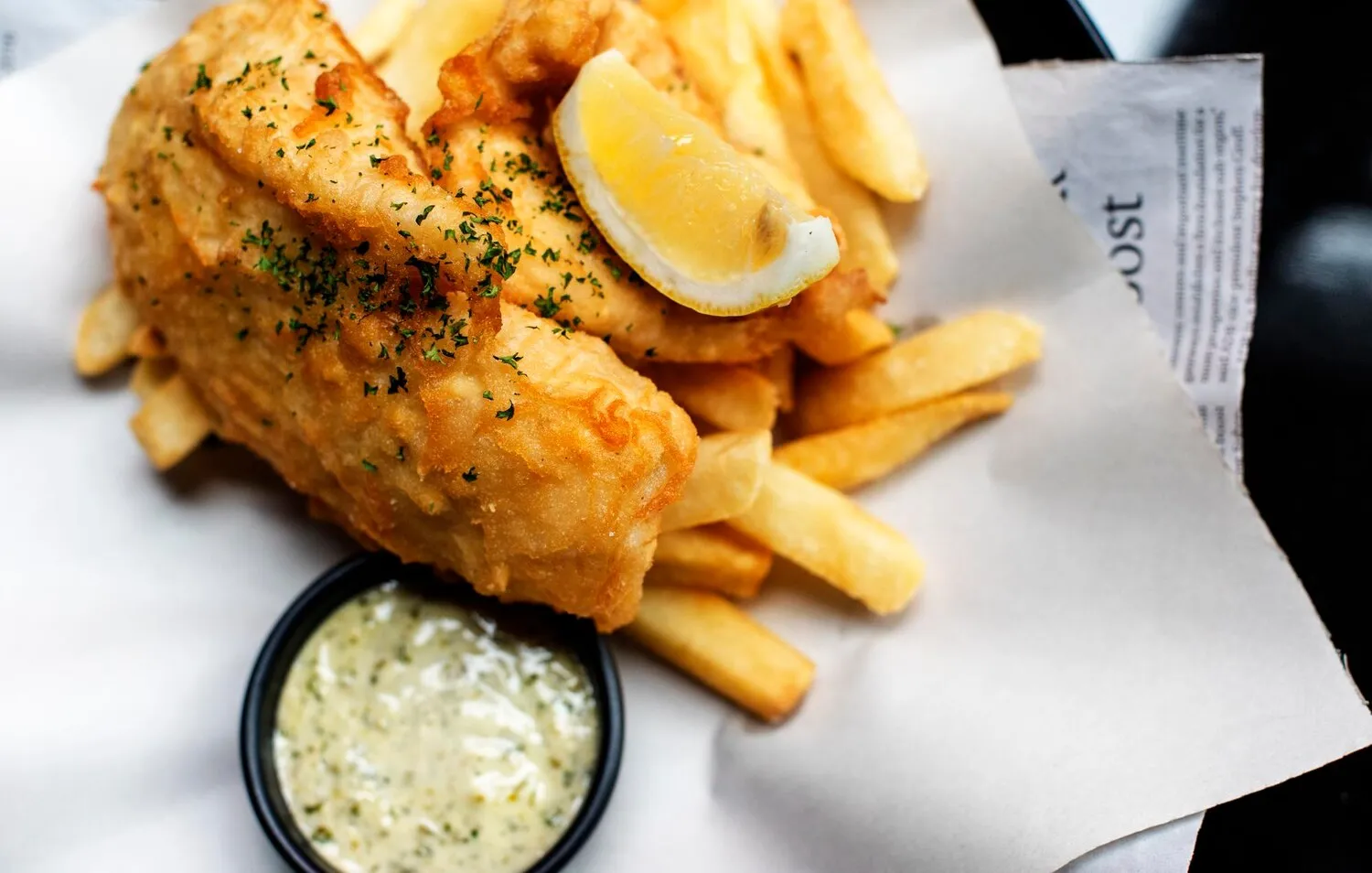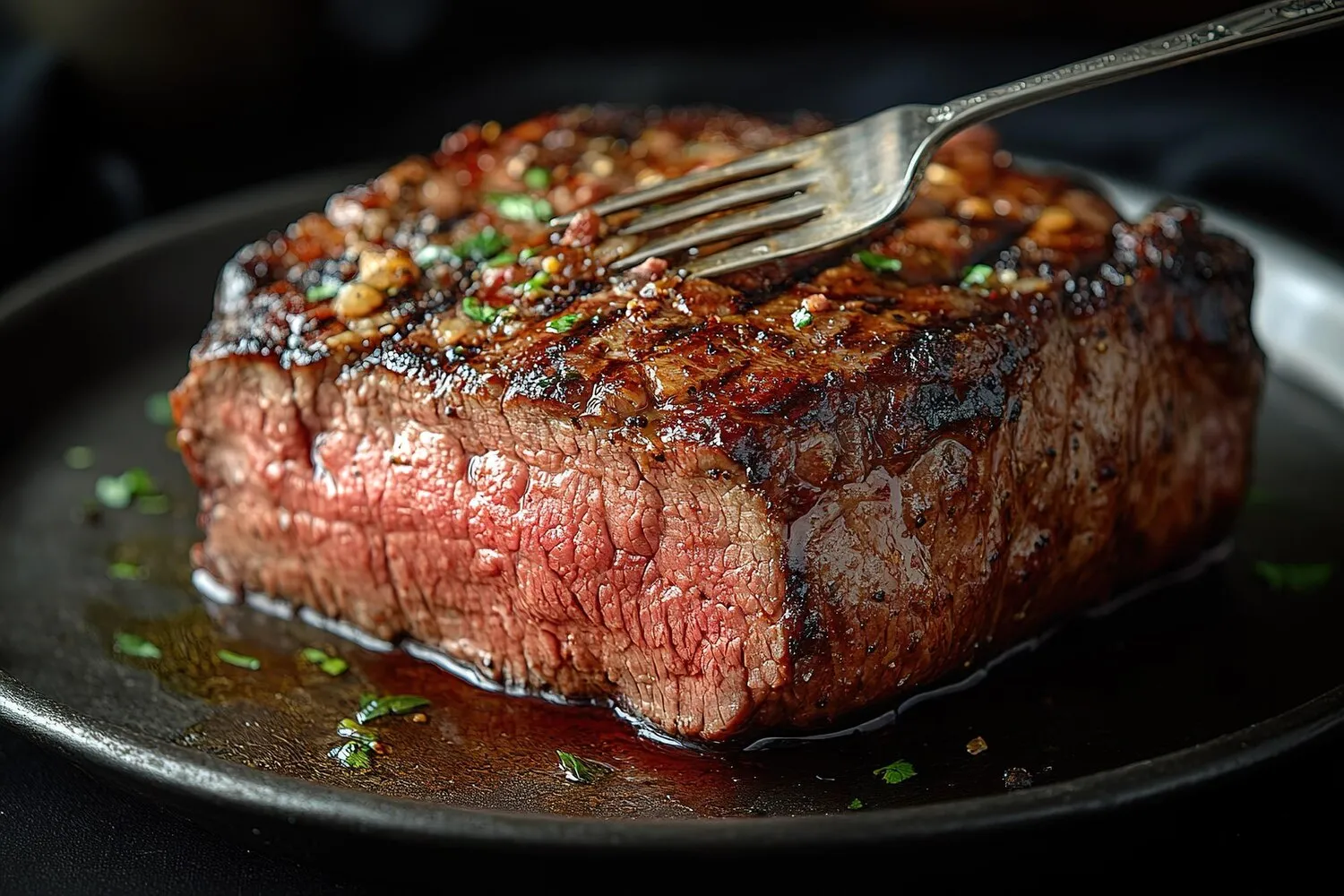
Burgers
Variety of burgers.
Nutrition Facts
* The % Daily Value (DV) tells you how much a nutrient in a serving of food contributes to a daily diet. 2,000 calories a day is used for general nutrition advice.
The burger's history is rooted in minced meat dishes brought to the US by European immigrants, particularly Germans. The hamburger as we know it evolved in the late 19th and early 20th centuries, with various claims about its invention and popularization at fairs and early restaurants.
Burgers have become an iconic symbol of American cuisine and culture, representing fast food, casual dining, and backyard barbecues. They are deeply ingrained in American traditions and social gatherings.
American Icon
Burgers are often seen as an embodiment of American culinary identity, representing simplicity, abundance, and customization.
Social Gatherings
Burgers are a staple at barbecues, picnics, and sporting events, fostering a sense of community and shared enjoyment.
Fast Food Culture
Burgers are synonymous with fast food culture, offering a quick, convenient, and affordable meal option.
Culinary Innovation
The burger has been reinterpreted in countless ways, from gourmet versions with exotic ingredients to plant-based alternatives, showcasing culinary creativity.
Burgers offer a symphony of savory, umami, and often sweet and tangy flavors, depending on the toppings and sauces used. The core taste is derived from the grilled or pan-fried beef patty, complemented by the soft bun and diverse accompaniments.
The main flavor comes from the beef patty, which can range from lean to rich and fatty, influencing the overall taste and texture. Salt and pepper are essential seasonings. Toppings like cheese (cheddar, Swiss, blue), lettuce, tomato, onion, pickles, and bacon contribute different textures and flavor profiles. Sauces such as ketchup, mustard, mayonnaise, barbecue sauce, and special burger sauces add sweetness, tanginess, spiciness, or creaminess. Vegetarian burgers offer similar experiences using plant-based patties made from ingredients like beans, vegetables, or soy.
Beef Quality
Use high-quality ground beef with a good fat-to-lean ratio (around 80/20) for optimal flavor and juiciness.
Don't Overwork the Meat
Gently form the patties to avoid compacting the meat, which can result in a tough burger.
Season Generously
Season the patties generously with salt and pepper before cooking. Consider adding other spices like garlic powder or onion powder.
Sear for Flavor
Use high heat to sear the patties, creating a flavorful crust. Avoid pressing down on the patties while cooking, as this releases juices and dries out the burger.
Toast the Bun
Toasting the bun adds texture and prevents it from becoming soggy from sauces and juices.
Layer Toppings Strategically
Place toppings that add moisture (like tomato and lettuce) close to the patty and use cheese to create a barrier against the bun.
Explore additional Pub Food dishes and restaurants
Explore Pub FoodDiscover top dining spots and culinary experiences in Limeira.
Explore LimeiraLearn more about the food culture, restaurant scene, and culinary heritage of Brazil.
Explore Brazil
